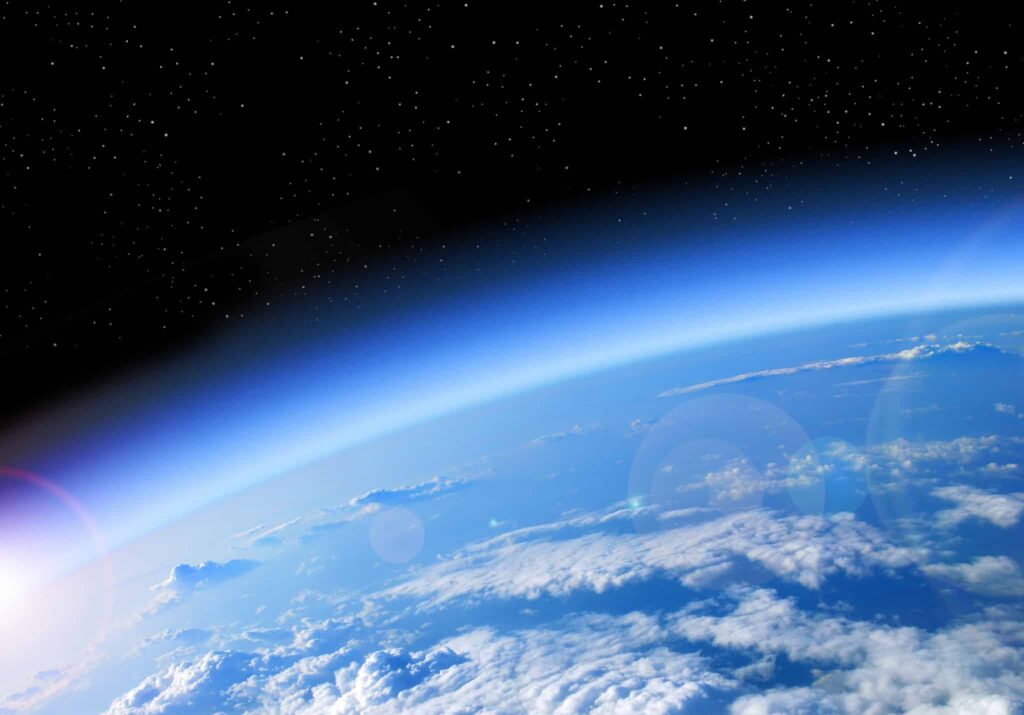After decades of disruption by human activity, the ozone layer is recovering and regenerating the circulation of winds throughout the planet – a development associated with concrete measures set in place thanks to international cooperation.

The ozone layer above the Earth’s surface acts as a “sunscreen” for the planet. It keeps out harmful ultraviolet radiation incoming from the sun that has been linked to skin cancer, cataracts, immune system suppression, and can also cause damage to plants.
Back in 1987, all UN-recognized countries signed the Montreal Protocol, establishing guidelines to curb the manufacture and use of agents associated with the destruction of the ozone layer, including chlorofluorocarbons — known as CFCs. The new study noted that the chemicals affecting the ozone layer also triggered a change in atmospheric circulation. However, since 2000, those changes have paused or “slightly reversed” because of the Montreal Protocol and the actions taken by countries across the globe.
“This study adds to growing evidence showing the profound effects of the Montreal Protocol,” the study’s lead author, Antara Banerjee, said in a statement. “Not only has the treaty spurred healing of the ozone layer, but it’s also driving recent changes in Southern Hemisphere air circulation patterns.”
Fast air currents, also known as jet streams, can be found swirling towards our planet’s poles at a high altitude. Before the turn of the century, ozone depletion had been driving the southern jet stream further south than usual. Now, this seems to have stopped.
Previous studies have linked the trends in circulation to weather changes. In October 2019, a study published by NASA and the National Oceanic and Atmospheric Administration said unusual weather patterns in the upper atmosphere over Antarctica caused a drastic reduction in ozone depletion.
To prove that the ozone recovery is the one driving the changes in atmospheric circulation, Banerjee and the other researchers used a technique known as detection and attribution. They determined what the changes in wind patterns were unlikely to be caused by natural changes and what could be attributed to human-related factors. The computer simulations used by the team showed that the pause or slight reversal in atmospheric circulation could only be explained by changes in the ozone layer – despite the clear expansion of carbon dioxide emissions that is driving global warming.
Nevertheless, the researchers asked to be cautious over the findings, as the trends reported could reverse themselves again. “We term this a ‘pause’ because the poleward circulation trends might resume, stay flat, or reverse,” Banerjee said in a statement.
The study was published in Nature.









